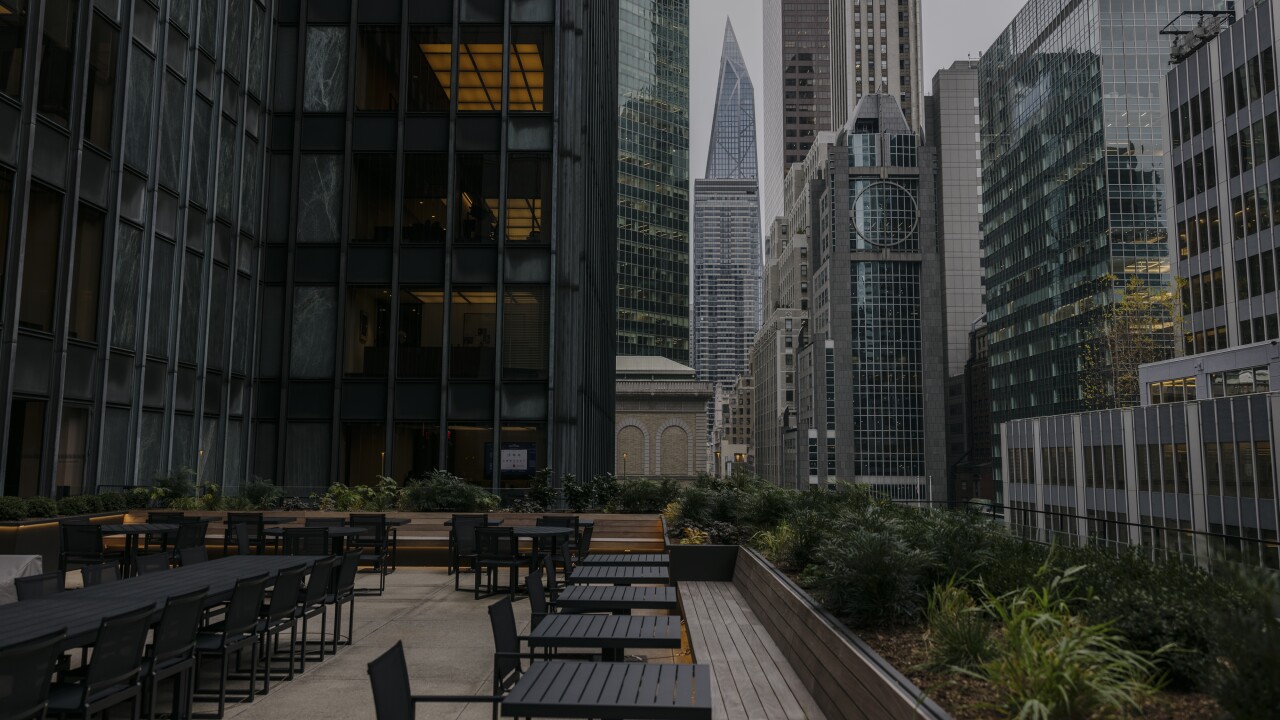A year ago, the folks who worked in Freddie Mac's multi-family section were sitting around waiting for the phones to ring. Now they can't keep up.
"It's remarkable how quickly things changed," said Freddie Mac’s Kimball Griffith. "We're now the ‘P' in the P&L at Freddie Mac." (P&L is business jargon for profit and loss.)
Patrick Fitzgerald, an Orlando-based vice president at BankUnited, is seeing the same kind of activity. "Multi-family is in a full-fledged healing mode," he said at the American Bankers Association's annual Real Estate Lending Conference in Baltimore.
Griffith, who is vice president of affordable sales and investments at Freddie Mac, pointed out that both vacancy rates and rental rates have improved markedly over the last 12 months. Vacancies are running at 6.6% nationally, down from 8.1% this time last year, and rents rose in last year's fourth quarter for the third quarter in a row.
But even better is that the long-term outlook for the apartment market -- both from a demographic and well as a public policy point-of-view -- is extremely good, the Freddie Mac executive told a conference session. "The trends favor lending and owning multi-family."
Noting that "a segment of the population was pushed into home ownership when they just weren't ready," he said that there is now a "broad realization" that ownership isn't for everyone. Moreover, he added, multi-family is important to urban revitalization.
The demographics also favor apartments, Griffith said. Forget the fact that Echo Boomers and immigrants who are entering the housing market for the first time tend to choose renting over owning. Just the decline in ownership – from 69% at the peak of the housing boom to 65% now and perhaps 62% by the time all is said and done – could produce nearly 8 million more renters.





